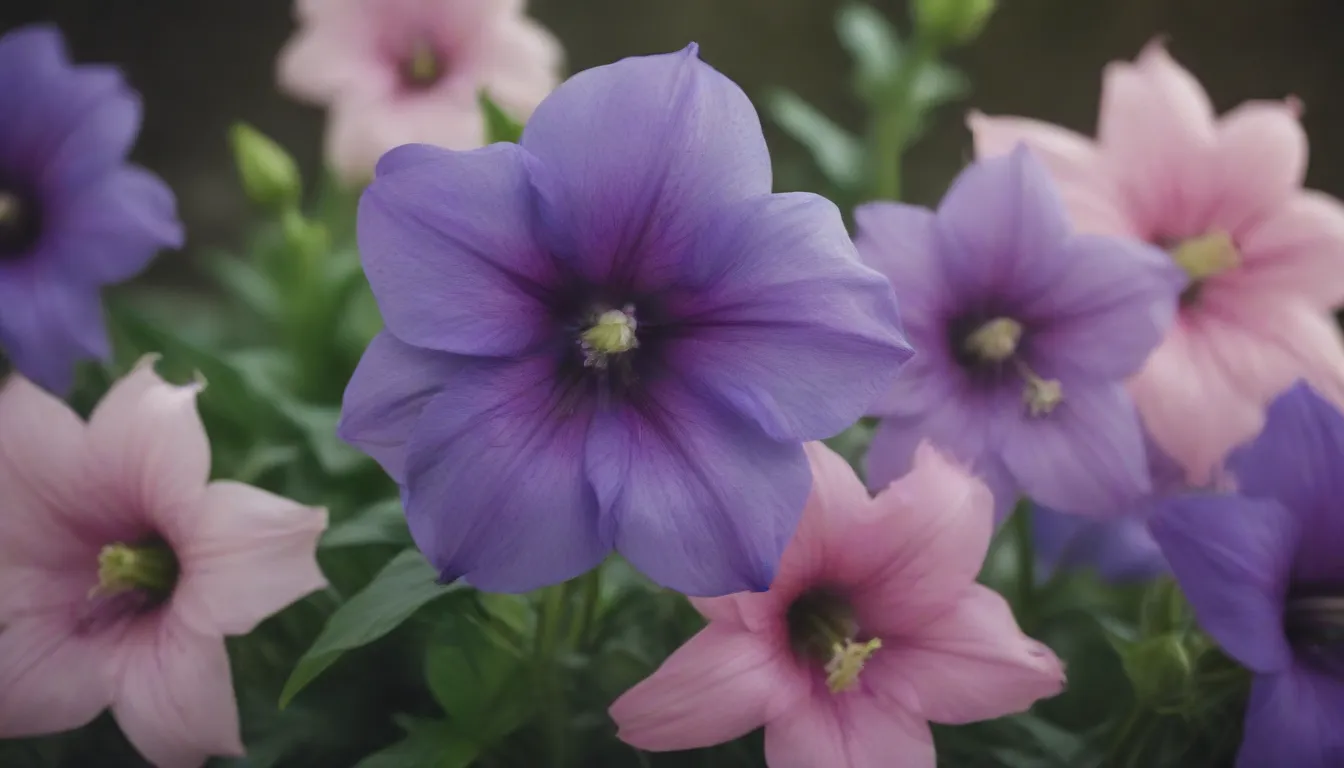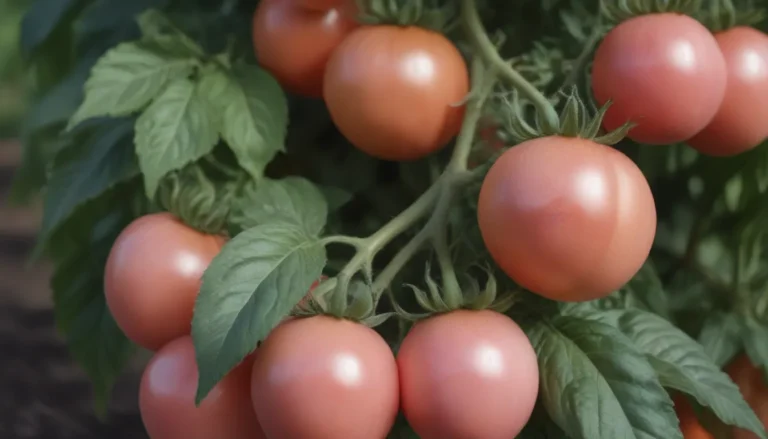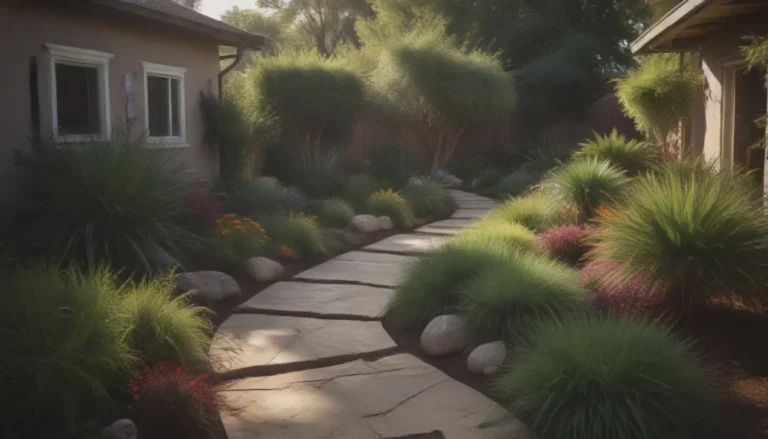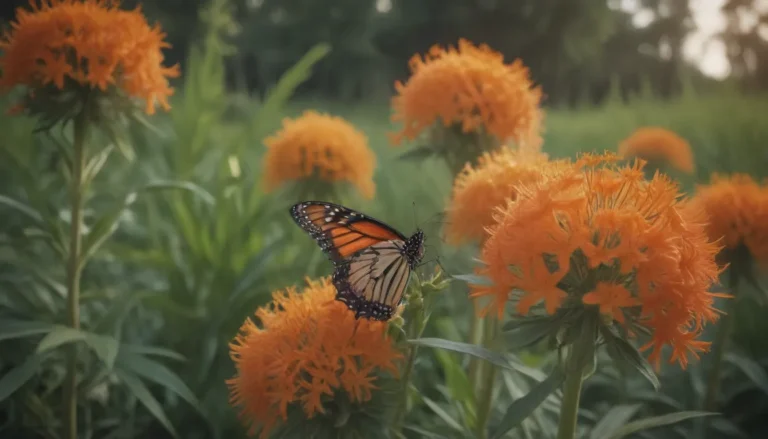The Ultimate Guide to Growing and Caring for Balloon Flowers

Are you looking to add a touch of whimsical beauty to your garden? Balloon flowers, also known as Platycodon grandiflorus, are the perfect choice. These clump-forming perennials belong to the bellflower family and are known for their unique balloon-like buds that open into star-shaped flowers. Whether you’re a seasoned gardener or a newbie with a green thumb, growing and caring for balloon flowers is a rewarding experience.
Balloon Flower Basics
Balloon flowers are a joy to have in your garden for several reasons. Here are some key points to keep in mind when it comes to growing and caring for these lovely plants:
- The blooms of balloon flowers are puffy and balloon-like, with colors ranging from intense blue-violet to white and pink.
- Balloon flowers are low-maintenance plants, making them perfect for busy gardeners.
- These perennials attract pollinators such as bees and butterflies with their wide-open petals.
- Balloon flowers self-sow their seeds but are not aggressive spreaders.
- While they are generally pest- and disease-resistant, root rot can be a concern in areas with excessive rainfall.
How to Care for Balloon Flowers
Taking care of your balloon flowers is essential for ensuring they thrive and bloom beautifully. Here are some tips on how to care for these delightful plants:
Light
- Plant balloon flowers in full sun for the best results.
- If your area experiences hot afternoon sun, provide some shade to protect the plants.
Soil
- Balloon flowers prefer organically rich, loamy soil with good drainage.
- Avoid planting them in dense clay soil.
- Aim for a soil pH between 5.5 and 7.5 for optimal growth.
Water
- Keep the soil of young plants consistently moist but not soggy.
- Established balloon flowers prefer moderate moisture but can tolerate short periods of drought.
- Water your plants during dry spells to prevent the soil from drying out completely.
Temperature and Humidity
- Balloon flowers thrive in USDA zones 3 to 8.
- They prefer temperatures between 60 and 80 degrees Fahrenheit.
- These plants can adapt to both humid and dry air conditions.
Fertilizer
- Rich soil usually provides enough nutrients for balloon flowers.
- Consider adding a layer of compost in the fall to help replenish nutrients.
- If your soil is poor, use a slow-release fertilizer in early spring.
Types of Balloon Flowers
There are several popular varieties of balloon flowers to choose from, including:
- Platycodon grandiflorus ‘Astra’ series
- P. grandiflorus ‘Fuji’ series
- P. grandiflorus ‘Komachi’
- P. ‘Sentimental Blue’
Pruning and Propagating Balloon Flowers
Proper pruning and propagation techniques can help your balloon flowers thrive and multiply. Here’s what you need to know:
Pruning
- While pruning isn’t necessary, you can trim back tall stems in late spring to promote stockier growth.
- Deadheading spent blooms will encourage your plants to continue blooming.
Propagating
- Propagating balloon flowers by division is not recommended due to their deep taproots.
- Instead, consider propagating them by taking stem cuttings.
Growing Balloon Flowers From Seed
If you prefer starting from seed, here’s how you can grow balloon flowers indoors:
- Start seeds indoors six to eight weeks before the last frost date.
- Use seed starter mix or potting soil to barely cover the seeds.
- Germinate the seeds in a warm location.
- Transplant the seedlings outdoors once the weather warms up.
Common Pests and Plant Diseases
While balloon flowers are generally hardy, they can be susceptible to pests and diseases. Keep an eye out for issues such as:
- Slugs and snails, which can be controlled with bait.
- Crown rot, root rot, powdery mildew, and fungal leaf spot, which may require fungicide treatments.
Remember, proper care and maintenance are key to keeping your balloon flowers healthy and flourishing.
Fun Facts About Balloon Flowers
Did you know that the balloon flower is often confused with the balloon plant, which is a completely different species? Here are some more interesting tidbits about these enchanting plants:
- Balloon flowers make excellent houseplants and are perfect for indoor container gardens.
- You can enjoy watching balloon flowers bloom in a cool and bright spot indoors.
- The balloon plant, Gomphocarpus physocarpus, is a shrub that produces yellowish balls of fruit, unlike the balloon flower.
Resources and Further Reading
For more information on caring for your balloon flowers and addressing common issues, check out these resources:
- Jeon, Chi Sung et al. “Root Rot of Balloon Flower (Platycodon grandiflorum) Caused by Fusarium solani and Fusarium oxysporum.” The Plant Pathology Journal, vol. 29, no. 4, 2013.
- University of Minnesota Extension. “Gray Mold in the Flower Garden.”
- “Balloon Plant, Gomphocarpus Physocarpus.” Wisconsin Horticulture.
In conclusion, growing and caring for balloon flowers can be a rewarding experience for any gardener. With the right knowledge and a little TLC, you can enjoy the beautiful blooms and whimsical charm of these delightful plants. So, roll up your sleeves, get your gardening tools ready, and start cultivating your own little balloon flower garden today!





